
Es ist brühend heiss in Tiflis, einige Museen habe ich bereits besucht. Die Hotspots der Stadt ebenso. Einiges liegt noch auf der to-do Liste, anderes lasse ich bewusst aus.
Nicht aber einen Ausflug in die Kasbegi-Region.
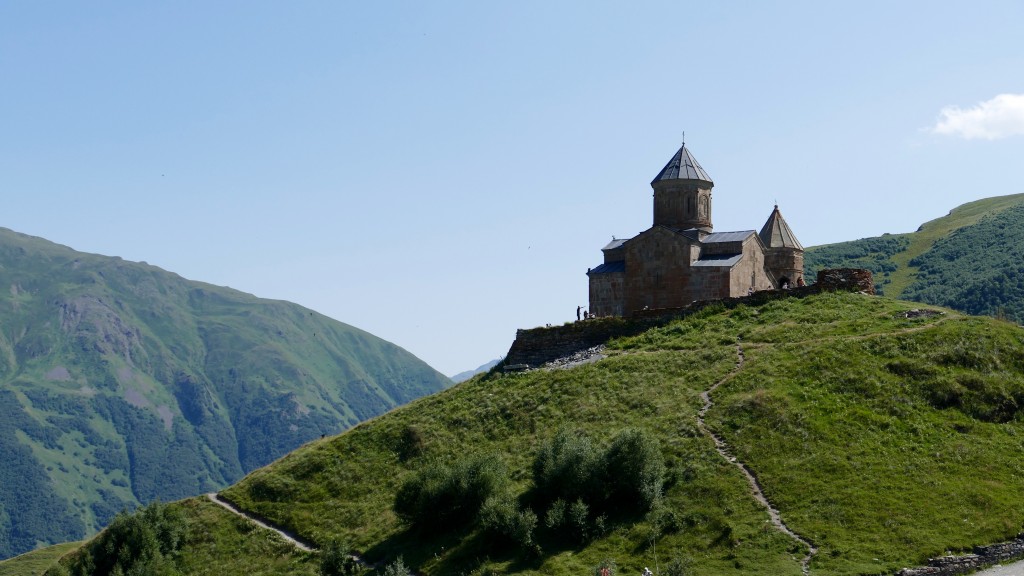
The Gergeti Trinity Church was built in the 14th century. Its isolated location on top of a steep mountain surrounded by the vastness of nature has made it a symbol for Georgia. The 18th century Georgian author Vakhushti Batonishvili wrote that in times of danger, precious relics from Mtskheta, including Saint Nino’s Cross were brought here for safekeeping. During the Soviet era, all religious services were prohibited, but the church remained a popular tourist destination. The church is now an active establishment of the Georgian Orthodox and Apostolic Church
Auf einmal werde ich vom Reisenden zum Tourist. Ohne es zu bewerten, aber was für ein schreckliches Gefühl. Ich bekomme eine Flasche Wasser überreicht und versuche dem Reiseleiter, zwischen einem laut dröhnendes Radio, ein noch lauter sprechenden Fahrer und der Motorgeräusch des klapprigen Mercedes Vito, zu folgen. Anamuri Schloss und Kirche am Stausee. Zehn Minuten aussteigen. Ich verpasse eine kleine Anhöhe um ein wertvolles Foto mit dem gesamt Panorama zu machen. So eines wie auf allen Reiseführern und Postkarten zu sehen ist. Man führt uns an einem Kiosk vorbei, falls wir ein Souvenir wünschen. So viel Zeit muss sein.
Zweiter halt auf einer Panoramaplattform. Ja, zweifelsohne, die Landschaft ist sagenhaft. Die Bergflüsse, auch beim näheren hingucken ausgesprochen sauber und Müllfrei.
Hoops, ja ich drücke meine halb gerauchte Zigarette aus, es geht weiter.
Zwei ganze Stunden sind vergangen und wir fahren in Stephansminda ein. Eine Zusatzgebühr ist zu entrichten. Ja, für das Allradfahrzeug was uns bis zum Kloster fahren wird. Oder ich kann natürlich auch in Stephansminda bleiben und das ganze mit dem Fernrohr betrachten. Auch ich zahle die Zusatzleistung. Eine Wanderung hinauf würde ja nur einfach 2 Std in Anspruch nehmen. Es geht sich nicht aus. Wieder eine halbe Zigarette wegschmeissen, einsteigen und durch ein schwer passierbarer Pfad erklimmen wir den Hügel von wo man tatsächlich den Kasbek sieht. Ich bekomme mein Mund nicht zu vor lauter Staunen durch einer solcher Gewalt. Immerhin eine ganze halbe Stunde dürfen wir uns im, und um das Kloster austoben. Durch Ungehorsam dehnen wir es auf 45 Minuten aus.
Es geht runter und in ein Restaurant. Ich weigere mich etwas zu bestellen. Das nette Istanbuler Ehepaar bittet mich doch zu Essen, ich sei deren Gast. Dem kann ich nicht widersprechen.
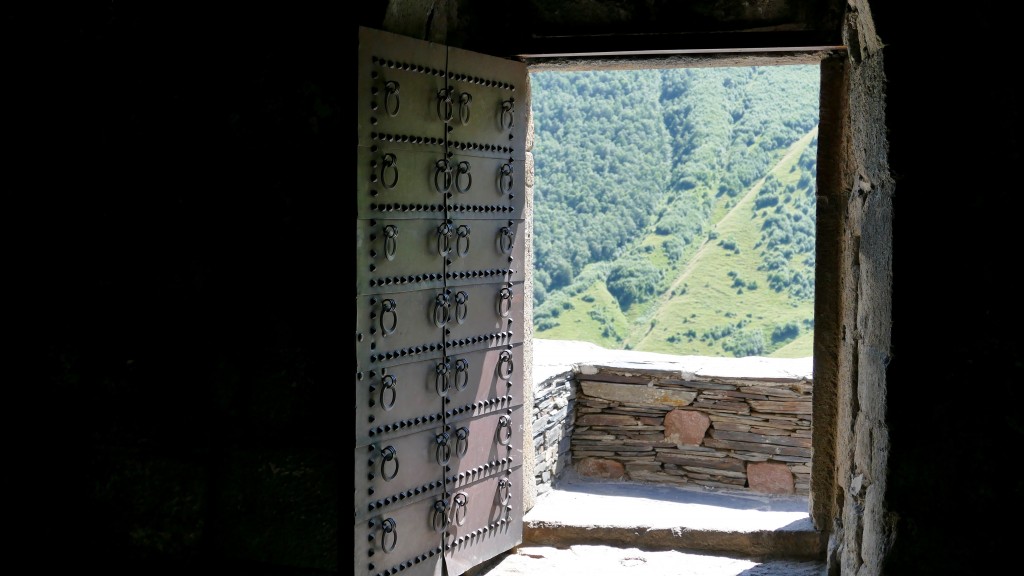
Lieber bereue ich etwas was ich getan habe, als etwas was ich nicht getan habe.
Kasbegi Besucher: fahre einfach mit einem öff. Verkehrsmittel und nimm dein Zelt mit. Oben auf dem Plateau zu übernachten dürfte unbezahlbar sein. Jetzt weiss ich es auch.
Der Kasbek 5047 msl. (georgisch ყაზბეგი/Qasbegi, auch მყინვარწვერი/Mqinwarzweri, „Eisgipfel“) ist der dritthöchste Berg Georgiens und der achthöchste Berg des Großen Kaukasus. Über seinen Gipfel verläuft die Staatsgrenze zwischen Georgien, Region Mzcheta-Mtianeti, und Russland, Republik Nordossetien-Alanien.
Der Kasbek soll jener Berg der griechischen Mythologie sein, an den Prometheus gekettet wurde, weil er den Göttern das Licht stahl. Nach dem Mythos riss ihm ein Adler täglich die immer nachwachsende Leber aus dem Leib.
Unterhalb des Gipfels steht auf 2170 m die Kirche Gergetis Sameba (deutsch „Gergetier Dreifaltigkeitskirche“). Sie wurde im 14. Jahrhundert erbaut und ist die einzige Kuppelkirche im georgischen Gebirge. Über Jahrhunderte beherbergte sie den georgischen Kronschatz und das Weinrebenkreuz der Heiligen Nino. Am östlichen Fuß des Kasbek liegt der Ort Stepanzminda, der bis 2006 den Namen Qasbegi (deutsch nach der russischen Schreibweise auch Kasbegi) trug. Die den Berg von Nordosten bis südwesten umgebende Verwaltungseinheit (Munizipaliteti, Munizipalität) Qasbegi der Region Mzcheta-Mtianeti ist wie zuvor der Ort nicht nach dem Berg, sondern nach dem dort geborenen georgischen Schriftsteller Aleksandre Qasbegi (1848–1893) benannt. Durch das Gebiet östlich des Kasbek führt die Georgischen Heerstraße, die Russland und Georgien miteinander verbindet.
Quelle: Wikipedia
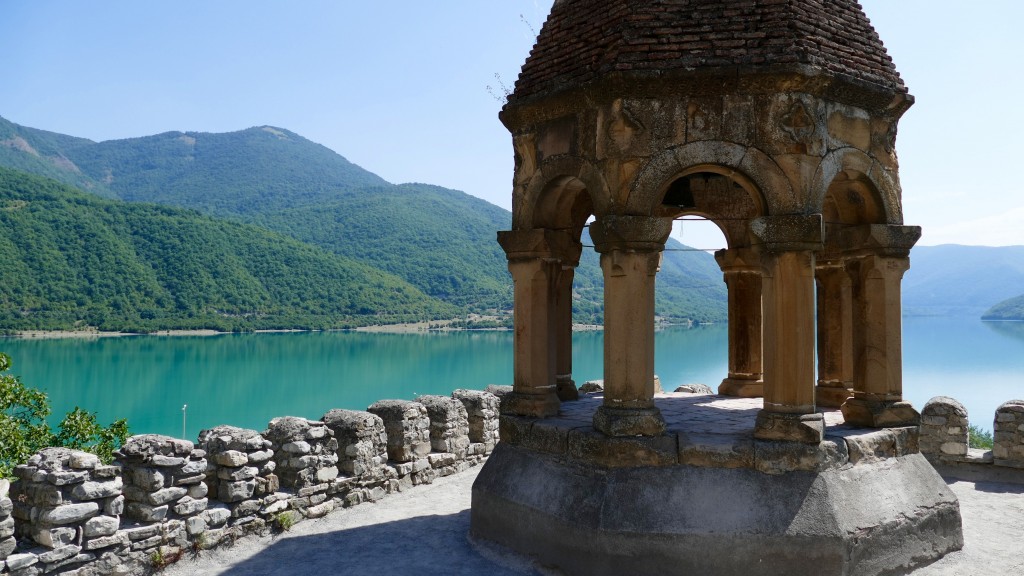
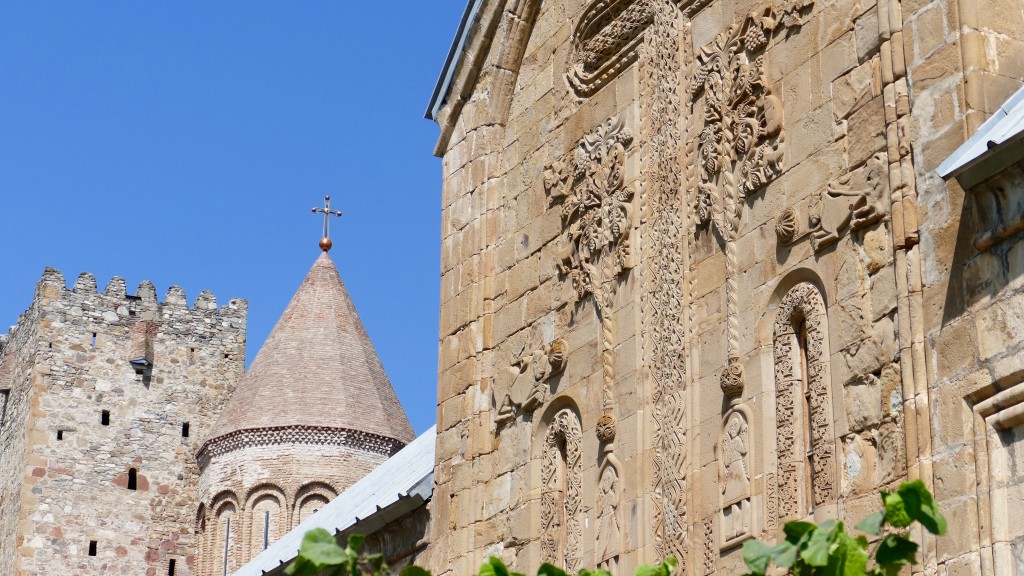
In 1739, Ananuri was attacked by forces from a rival duchy, commanded by Shanshe of Ksani and was set on fire. The Aragvi clan was massacred. However, four years later, the local peasants revolted against rule by the Shamshe, killing the usurpers and inviting King Teimuraz II to rule directly over them. However, in 1746, King Teimuraz was forced to suppress another peasant uprising, with the help of King Erekle II of Kakheti. The fortress remained in use until the beginning of the 19th century.
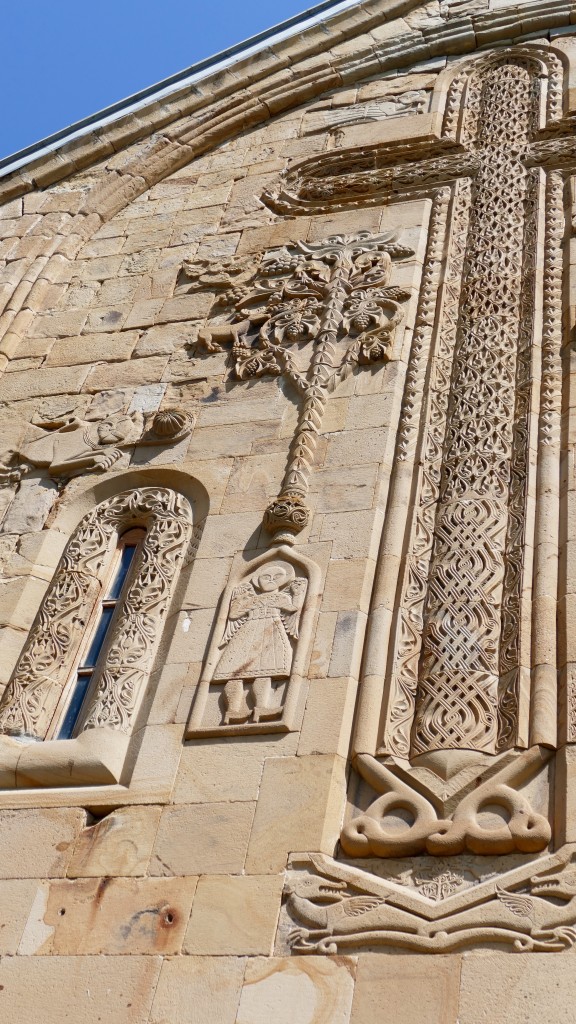
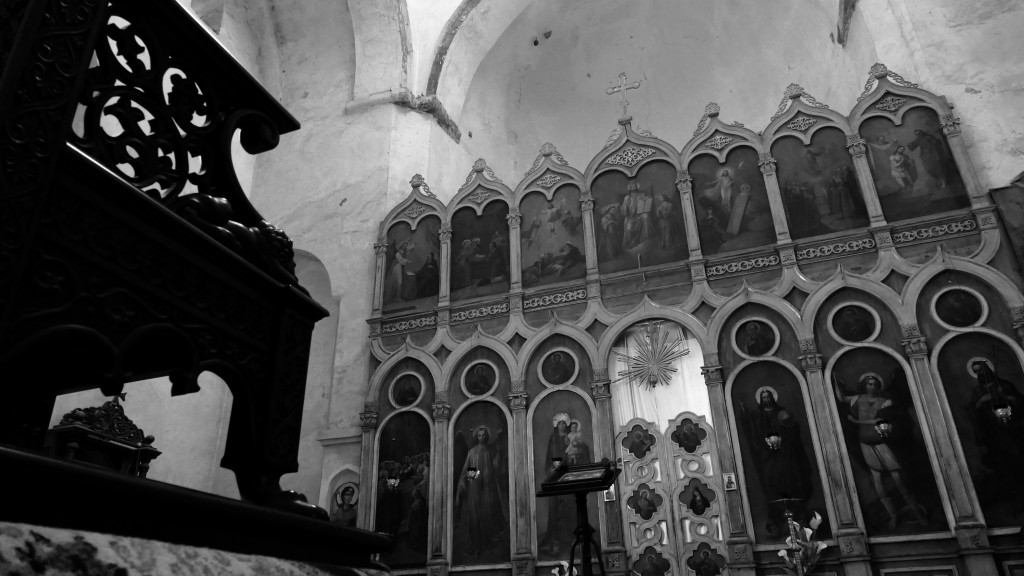
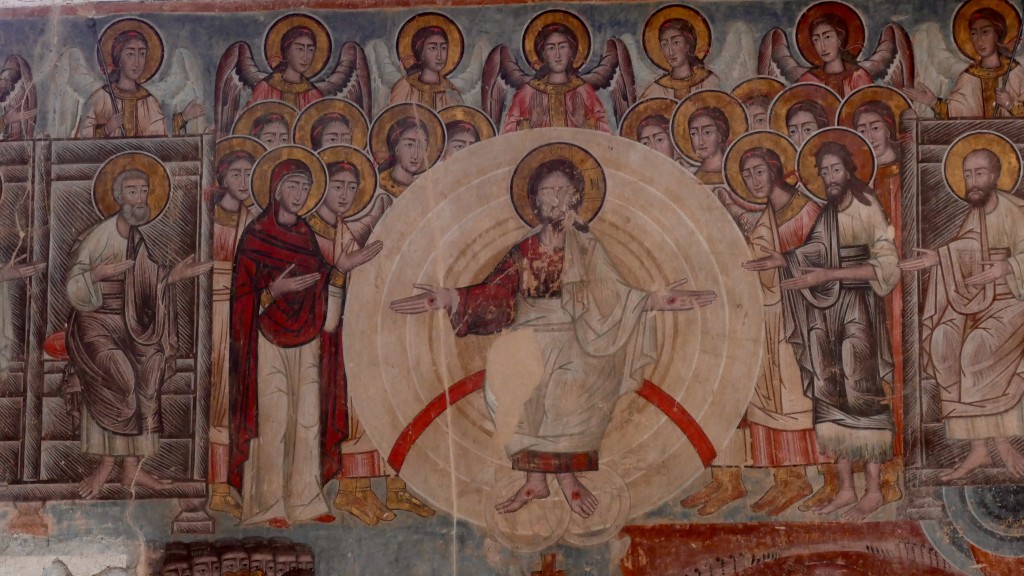
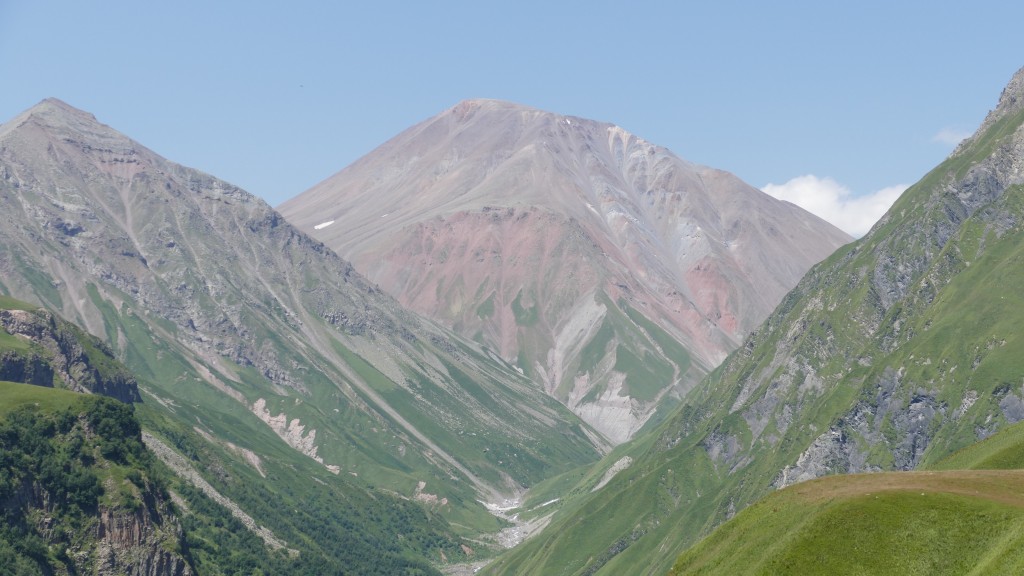
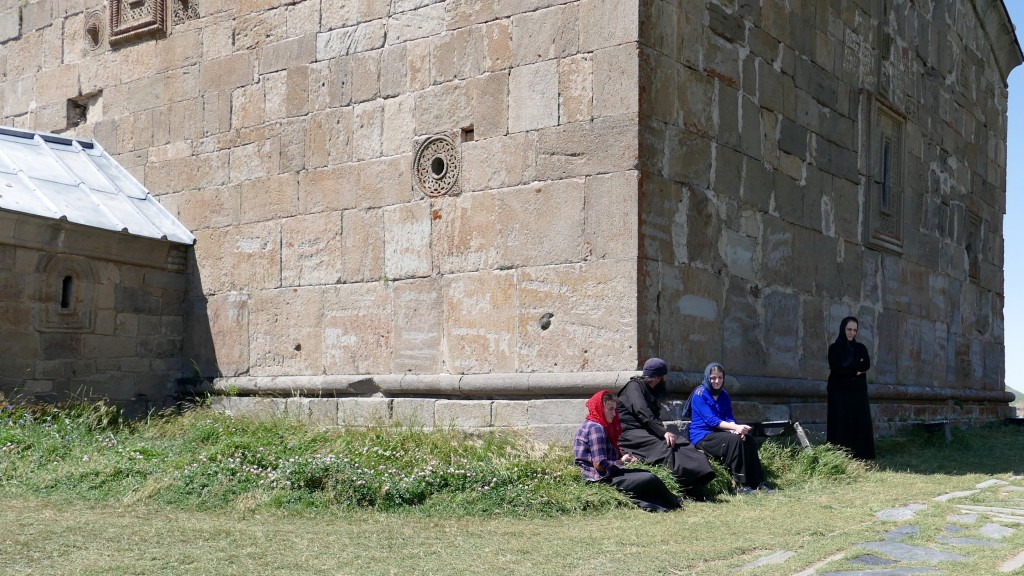
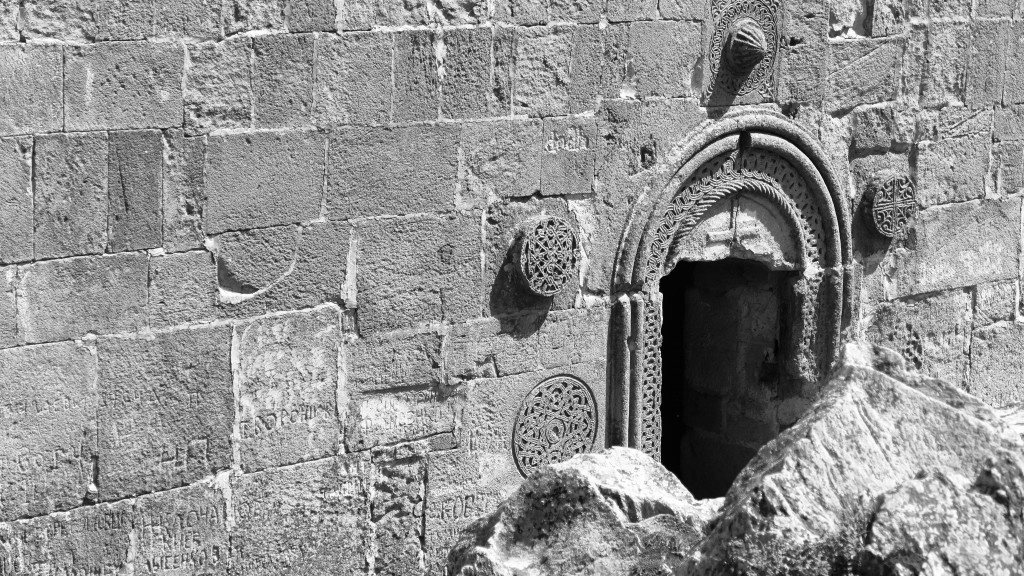
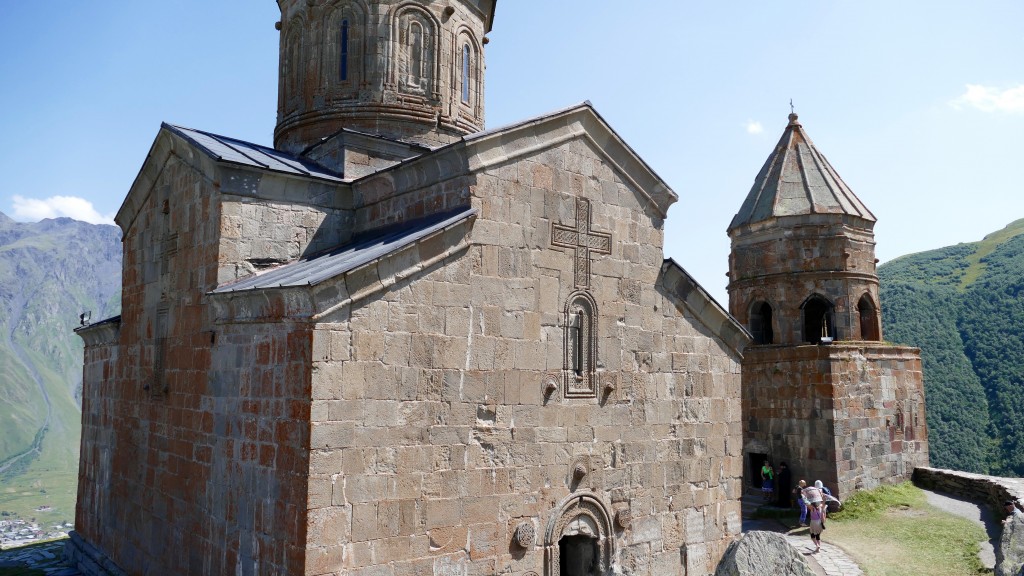


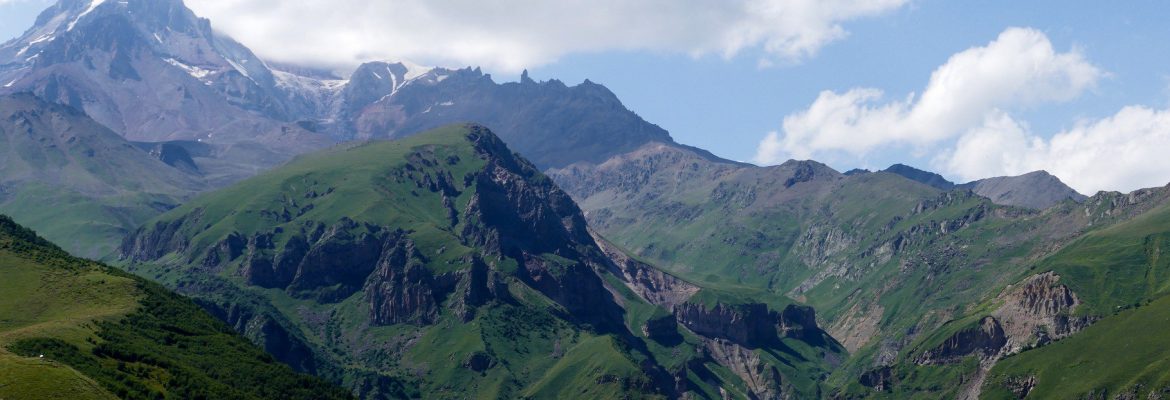

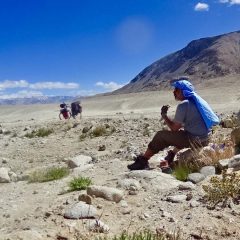

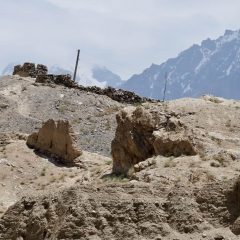

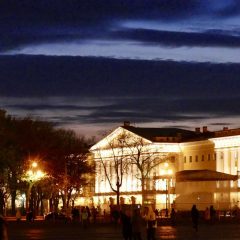


Bitte hinterlasse eine Antwort